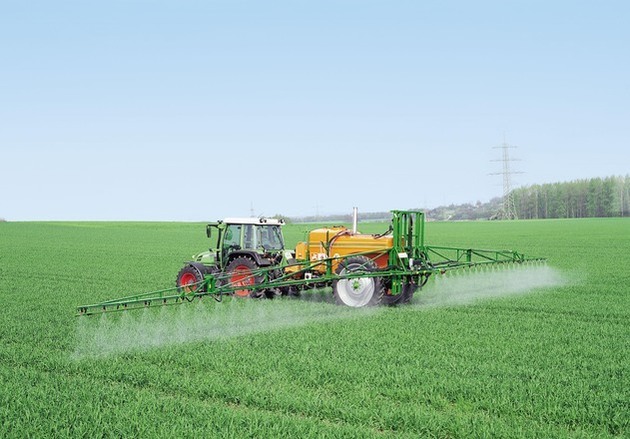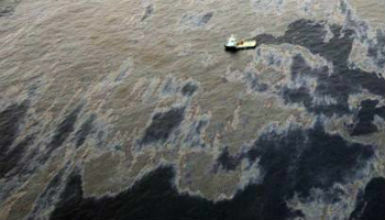The number of endangered animals in the world grows more and more, due to many environmental problems as well as the influence of man on nature.
Researches show that by 2050, around 1 million animal species could be extinguished from planet Earth.
Below is a list of 20 endangered species in the world, classified as critically endangered or endangered.
1. African wild ass (African equus)

The African wild ass is a critically endangered species, according to the IUCN classification.
This species is native to the African continent and has suffered for many years with the destruction of its habitats and predatory hunting. It is considered the ancestor of the domestic donkey.
2. Hawaiian Monk Seal (Monachus schauinslandi)
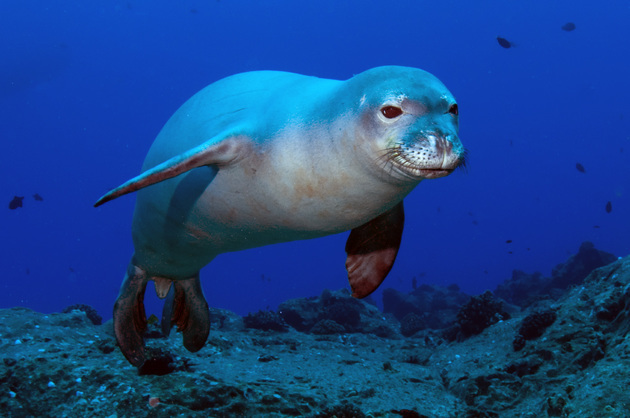
The Hawaiian Monk Seal is a species of seal that inhabits the Hawaiian archipelago.
It has been suffering greatly from sea pollution, predatory hunting and illegal trade, among other reasons that contribute to the risk of extinction.
It is estimated that there are currently approximately 1000 animals alive. According to the IUCN, the Hawaiian monk seal is classified as endangered.
3. Red Wolf (kennels rufus)
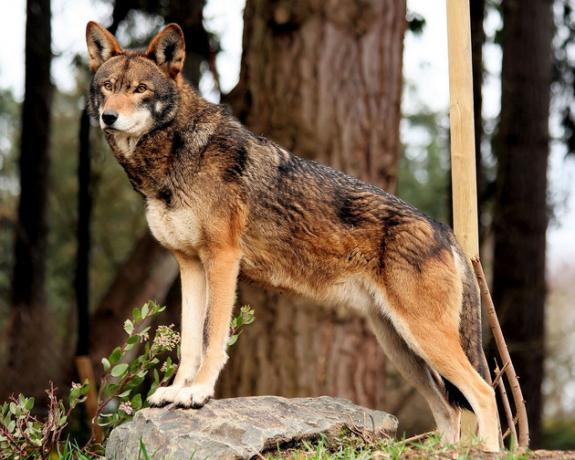
The red wolf is native to North America and nearly went extinct in the 1980s. The main causes were the destruction of its habitat and the predatory politics and hunting of the time.
Considered a critically endangered animal, the red wolf is currently in captivity with approximately 200 individuals of the same species.
4. Asian Elephant (Elephas Maximus)
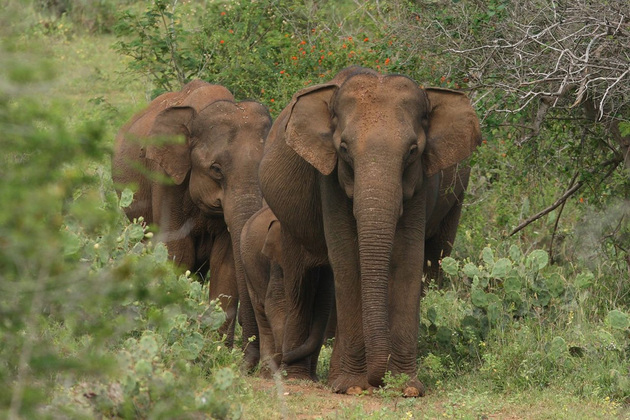
The Asian elephant is a species considered to be in danger of extinction, according to the IUCN classification. It has suffered greatly from habitat destruction as well as poaching aimed at the ivory trade.
Smaller than African elephants, this species is exploited for tourism purposes and as a means of transport. Importantly, this elephant, in the Hindu religion, is associated with the figure of Ganesha, God of wisdom.
5. Bengal tiger (panthera tigris tigris)
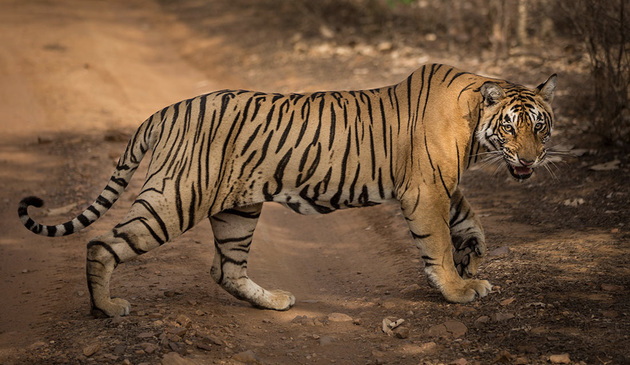
The Bengal tiger is native to South Asia, and is a species considered critically endangered, according to classification and studies by the IUCN.
Bengal tiger numbers have declined considerably as a result of the fur trade, habitat destruction and poaching.
According to surveys, there are currently less than 2000 in the world. In Pakistan, this species is extinct.
6. Bluefin tuna (thunnus thynnus)

Bluefin tuna is a species of fish found mostly in the Mediterranean sea. The exaggerated consumption of this fish resulted in a considerable decrease in the species.
Considered the largest and most valued tuna in the world, it is highly appreciated in Japanese cuisine as an ingredient for sushi and sashimi.
Currently, according to the IUCN, bluefin tuna is classified as critically endangered.
7. Iberian Lynx (lynx pardinus)
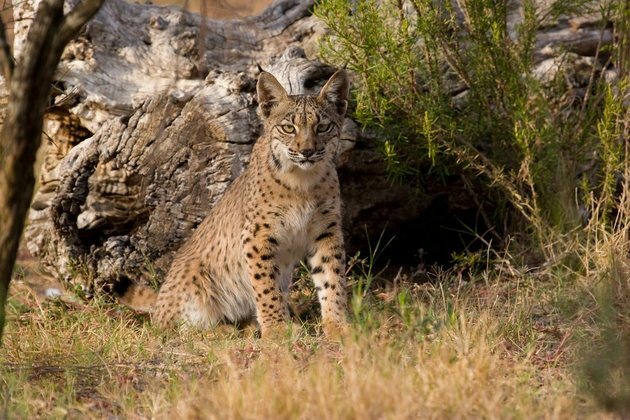
The Iberian lynx is native to the Iberian Peninsula and is currently considered a critically endangered species, according to IUCN studies.
The big problem faced by this feline, existing only in Portugal and Spain, is the degradation of its habitat. According to research, there are currently less than 200 living individuals of the species.
8. Tasmanian Devil (Sarcophilus harrisii)
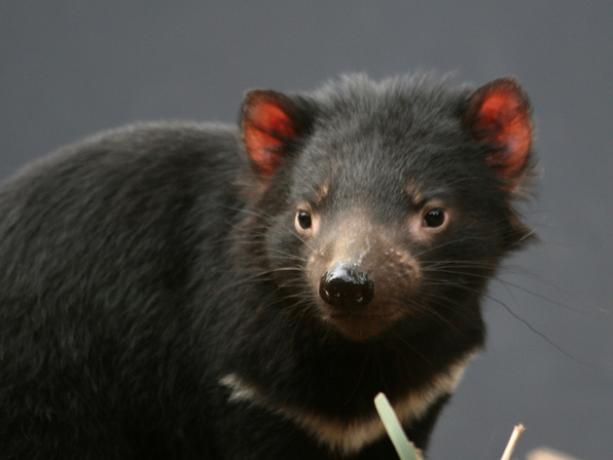
O Tasmanian Devil is a marsupial native to the island of Tasmania, Australia. According to research and monitoring carried out by the IUCN, it is considered to be in danger of extinction.
The factors that caused its decline are illegal hunting, being run over, habitat destruction and diseases.
9. Kakapo (Strigops habroptilus)

The kakapo is a native of New Zealand and is classified as Critically Endangered, according to IUCN monitoring.
Also known as the owl parrot, the kakapo has nocturnal habits. The main cause of the decline in the species was a consequence of illegal hunting for the sale of its meat and feathers.
10. Mountains gorilla (gorilla eggplant)

The mountain gorilla is considered the largest living primate in the world. Classified as critically endangered, this species has been monitored by researchers to prevent its extinction.
Due to illegal hunting and habitat loss the number of individuals of this species has drastically decreased. It is estimated that the population of the mountain gorilla is approximately one thousand individuals, including those who live in captivity.
11. Grevy's Zebra (equus grevyi)

The Grévy's zebra is a species that is classified as endangered. According to IUCN data, it is estimated that the population of this animal is less than 2400 individuals.
The main threat to its extinction is related to the loss of habitat and the depletion of essential resources for life, such as water and food.
12. Sumatran Orangutan (Pongo abelii)

The Sumatran orangutan is a wild species native to Borneo and Sumatra. Classified as Critically Endangered by the IUCN, this animal has been suffering from the degradation of its habitat.
Other reasons that contribute to the decline of this species are the illegal trade and trafficking of animals, in addition to predatory hunting, carried out mainly by local indigenous peoples.
13. Bactrian camel (Camelus Bactrianus)

The Bactrian camel is a species native to Central Asia. Currently, most living species are domesticated by local populations.
Classified as Critically Endangered by the IUCN, it is estimated that there are currently fewer than a thousand individuals alive in the wild.
14. Brazilian Merganser (Mergus octosetaceus)

The Brazilian Merganser is a bird that lives on the banks of rivers, especially in the Americas. The species is considered critically endangered by the IUCN.
The main threat to the Brazilian Merganser is water pollution, as it is poorly tolerant of environmental impacts.
15. Alligator from China (Alligator sinensis)

The Chinese alligator is a species of alligator that is classified as critically endangered, according to the IUCN.
It is estimated that currently there are only 200 individuals in the wild and 10,000 in captivity.
16. Rhino of Java (Rhinoceros sonoicus)

The Javan Rhinoceros is a species classified as Critically Endangered by the IUCN. In some countries it is already considered extinct.
One of the main causes of the extinction of this animal is illegal hunting.
17. Slim-billed Vulture (Gyps tenuirostris)

The thin-billed vulture is a species that is classified as Critically Endangered by the IUCN.
One of the causes that justify the threat of extinction of this animal is indirect poisoning, as they feed on meat from dead cattle that have received medicines.
18. Pygmy Pig (porcula salvania)

The pygmy pig is a native species of India, where it is considered critically endangered, according to IUCN studies.
It is estimated that there are only 250 adult individuals alive in nature. The main threat to the pygmy pig is environmental degradation and habitat loss.
19. Purple-tailed Iguana (Ctenosaura oedirhin)
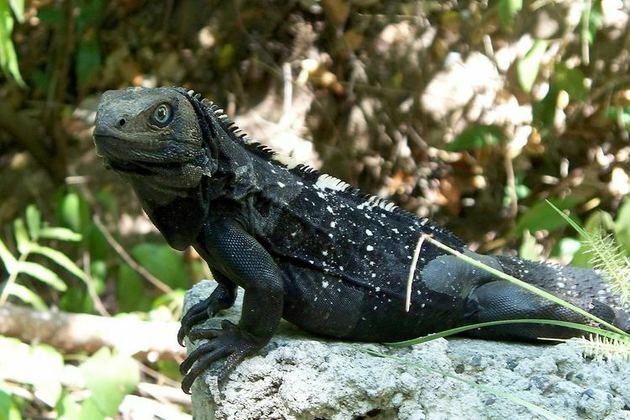
The purple-tailed iguana is a reptile that is classified as endangered according to the IUCN.
This animal lives in subtropical forests and has the loss of its habitat as the main threat of extinction.
20. Whale shark (rhincodon typus)
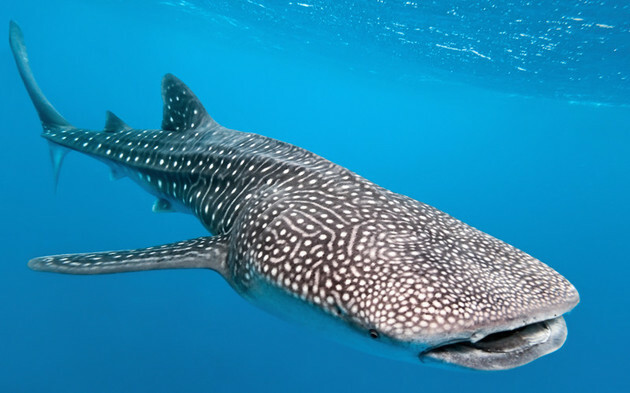
The whale shark is a species of shark found in oceans where the water temperature exceeds 21 degrees Celsius.
Classified as endangered by the IUCN, this animal has fishing as one of its main threats.
Endangered Animal Data
Currently, according to the IUCN (International Union for Conservation of Nature) more than 26,500 species are threatened with extinction.
It is important to note that according to research, approximately:
- 40% of amphibians
- 25% of mammals
- 14% of birds
- 31% of sharks and rays
- 27% of crustaceans
The main causes of animal extinction are deforestation, fires, predatory hunting and fishing, global warming, destruction of habitats and ecosystems.
Some Extinct Animals
Many animals have been extinct from nature for thousands of years, or even millions of years. As an example, we have the dinosaurs, extinct at the end of the Cretaceous period, beginning of the Tertiary period.
Besides them, there are the mammoths, animals extinct in the so-called ice age, Pleistocene-Holocene period.
See below for other animals that have gone extinct from planet Earth:
- Giant Alca (Giant Aurau): extinct in the 19th century, this type of bird inhabited the North Atlantic, probably North America.
- New Zealand quail: in the native language its name is koreke. The main cause of the disappearance of the species was due to the ecological imbalance caused by the introduction of predators into their habitat, which consequently led to their extinction in the century XIX.
- Cape Lion: probably extinct at the end of the 19th century, this animal lived in South Africa and the main extinction factor was hunting. It was considered the largest African lion and attacked both people and herds.
- Pika mackerel: a type of tailless large hare that inhabited some Mediterranean islands. It was extinct at the end of the 18th century. .
- Tasmanian Tiger: often known as the Tasmanian wolf, this animal is a carnivorous marsupial native to Australia and New Guinea, it became extinct in the 20th century.
- persian tiger: also called the "Caspian Tiger", this animal was an inhabitant of Central America, and has suffered greatly from the increase in human population. The species is believed to be extinct, as it was last seen in the 60s.
Extinction risk classification
To classify the level of extinction risk, the IUCN has drawn up the Red List of Endangered Species (Red List).

For this, the species are classified into several categories:
- Extinct (EX): when the last individual of the species dies, that is, there is no longer any representative of the species alive in nature or in captivity.
- Extinct in Nature (EW): are species that are no longer seen in nature, being found only in captivity or naturalized outside their natural range.
- Critically Endangered (CR): are species that are at extremely high risk of extinction in a short period of time.
- Endangered: this is when the evidence shows that the species could be extinct in a short time.
- Vulnerable (VU): when the species presents a high risk of becoming threatened, especially by the destruction of its habitats.
- Near Threatened (NT): when, in the near future, the species is at risk of becoming threatened.
- Least Concern (LC): comprises the most abundant species that are not at risk of extinction.


